I was surprised earlier this spring when Mary Sorenson, Executive Director of the Centre County Historical Society notified me that their Keystone-funded roof replacement at the Centre Furnace Mansion was delayed. Of course, delays are commonplace for many of our grant projects for a myriad of reasons: structural failures, scheduling conflicts or fundraising challenges.
But the surprise at the Centre Furnace Mansion was a bit more uncommon. The contractor discovered honeycomb in the rafter system.
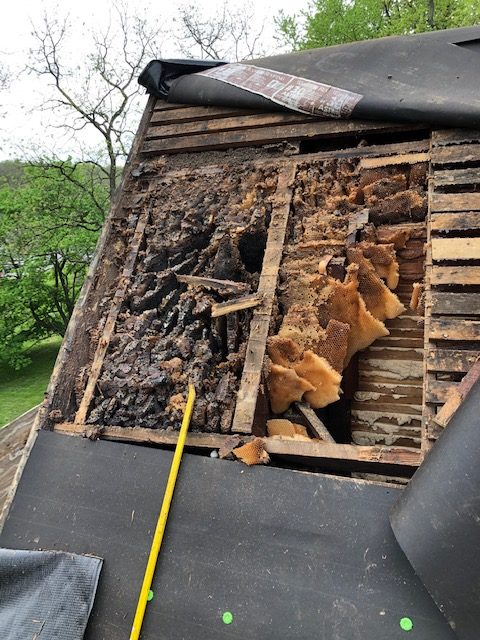
Centre Furnace Mansion
The Centre Furnace Mansion is an elegant five-bay Georgian residence constructed in the 1820’s, possibly by Joseph Green. The mansion is one of the last relics of the robust charcoal iron and related industries that was prominent in Penns Valley during the late eighteen and early nineteenth centuries.
General Samuel Miles and Colonel John Patton from southeastern Pennsylvania launched Centre Furnace in 1791 and established the beginning of the “Juniata Iron” industry that by 1810 was producing half the pig iron in the United States. The mansion was home to later ironmasters before eventually becoming headquarters to the Centre County Historical Society in 1978.
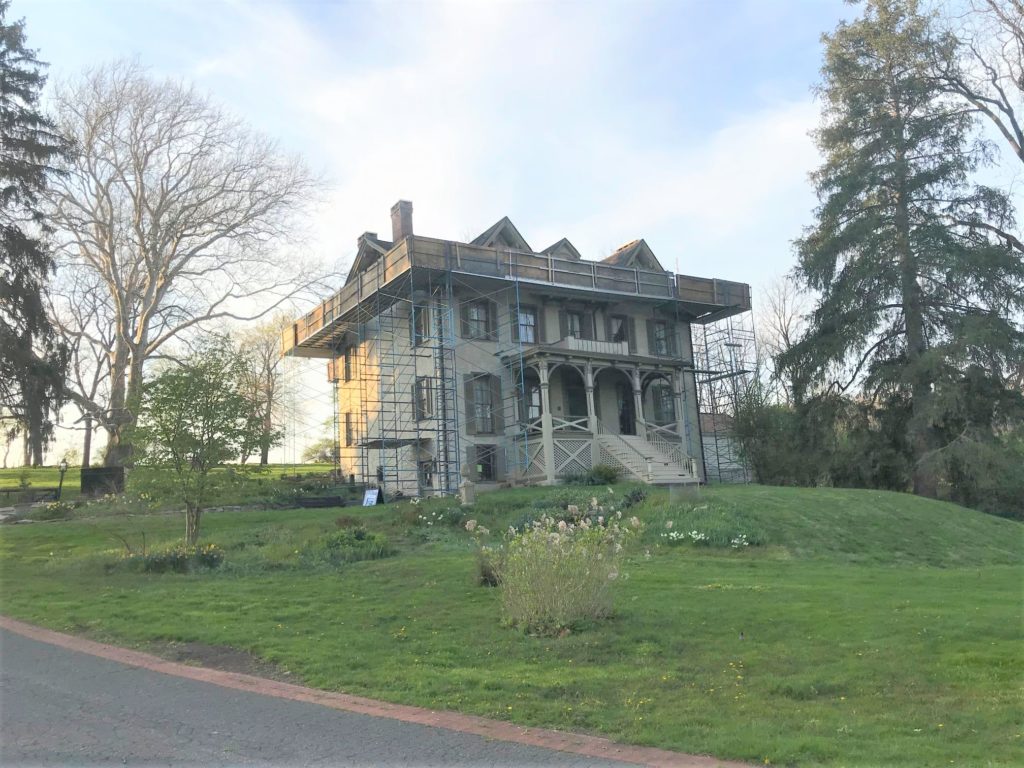
Listed on the National Register of Historic Places, this ironmaster’s mansion now stands as a testament to two of the most important economic and developmental facets of Centre County history: the 18th century origins of the iron making industry and the 19th century founding of the Pennsylvania State University. General James Irvin, a state legislator, and Centre County’s most active ironmaster, had interest in Centre Furnace and gifted 200 acres of Centre Furnace lands adjacent to the ironmaster’s mansion which determined the location of The Pennsylvania State University in Centre County.
The Historical Society identified the existing red cedar shingle roof as reaching the end of its serviceable life since it dates to an extensive restoration project in 1988. After 32 years, the shingles began curling across the entire surface with some splitting and significant moss growth, but fortunately only areas around the chimney flashing were leaking.
The Mansion Colony
When they made their application to the Keystone Grant program, the project team already identified the possibility of two large colonies of honeybees living in the mansion since its landscape is a certified pollinator garden.
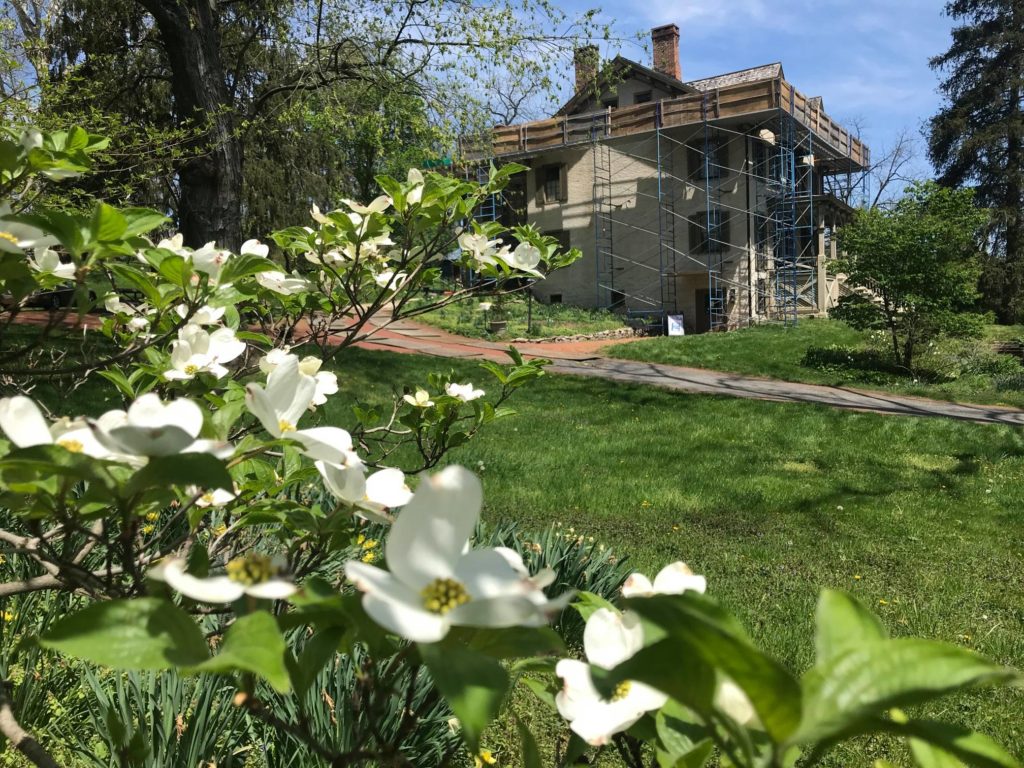
But any plans to remove active hives offered an educational opportunity to emphasize the importance and vulnerability of honeybees and to serve as an example of how to approach this situation.
When the comb was discovered, the historical society quickly consulted with Andy Jones of Tug Hollow Apiaries and Professor Kate Anton, an entomologist with Penn State College of Agricultural Sciences about safe relocation. Luckily, there weren’t any live broods at the Mansion, only bees from other hives coming to get last year’s honey. Nonetheless, the historical society shared some amazing pictures of the comb and honey and it was exciting to follow their process. More information about the project may be on their website at https://www.centrehistory.org/centre-furnace-mansion or on Facebook at Centre County Historical Society.
The Rose Valley Colony
Although the Historical Society anticipated interaction with their honeybee population as part of their project, this discovery is often a surprise.
One of PHMC’s other Keystone grant funded projects at the Thunderbird Lodge in Rose Valley Borough, Delaware County discovered a hive of an estimated 15,000 bees in the copper flashing of an arched gothic window facing Rose Valley Road. The board quickly consulted with apiarist N’aan Harp on how best to relocate the bees to new brood boxes more appropriately situated at the rear of the property.
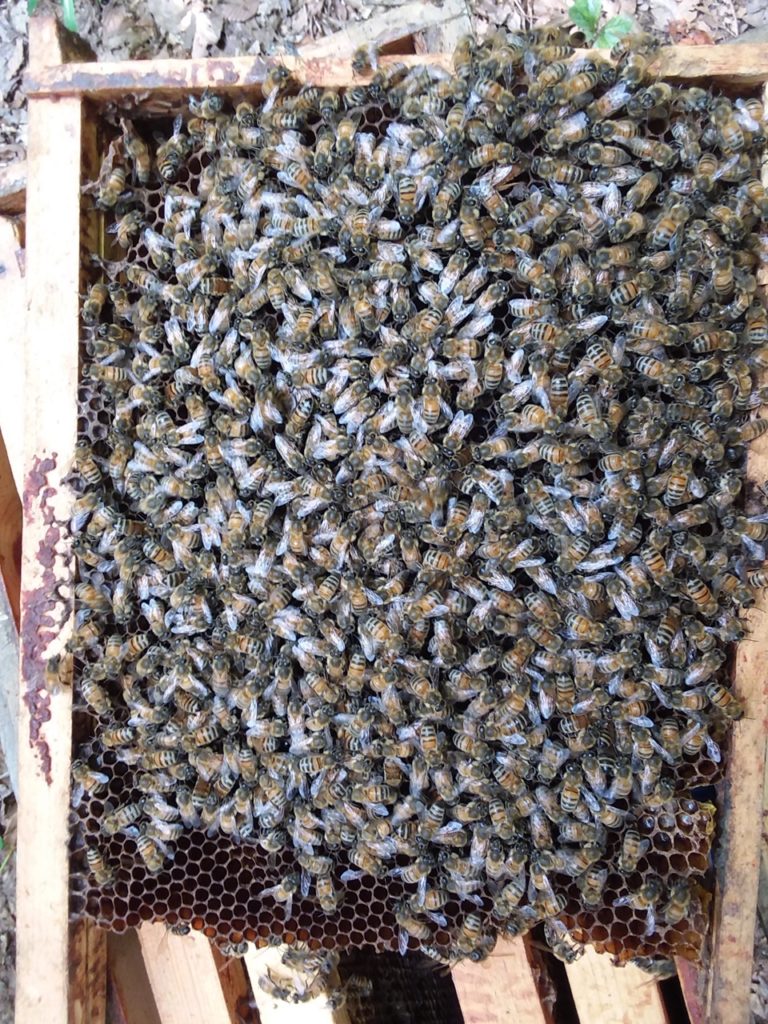
Leslie Krowchenko reported on Rose Valley Centennial Foundation’s bee project in the Daily Times back in September of 2019. Beekeeper Noah Gress of Raindance Apiary in Media lured the bees to a temporary hive on the roof. Once the queen took up residence, the others in the colony followed. With the hive comfortable in their new home, their honey is available for sale in the Rose Valley Museum Store.
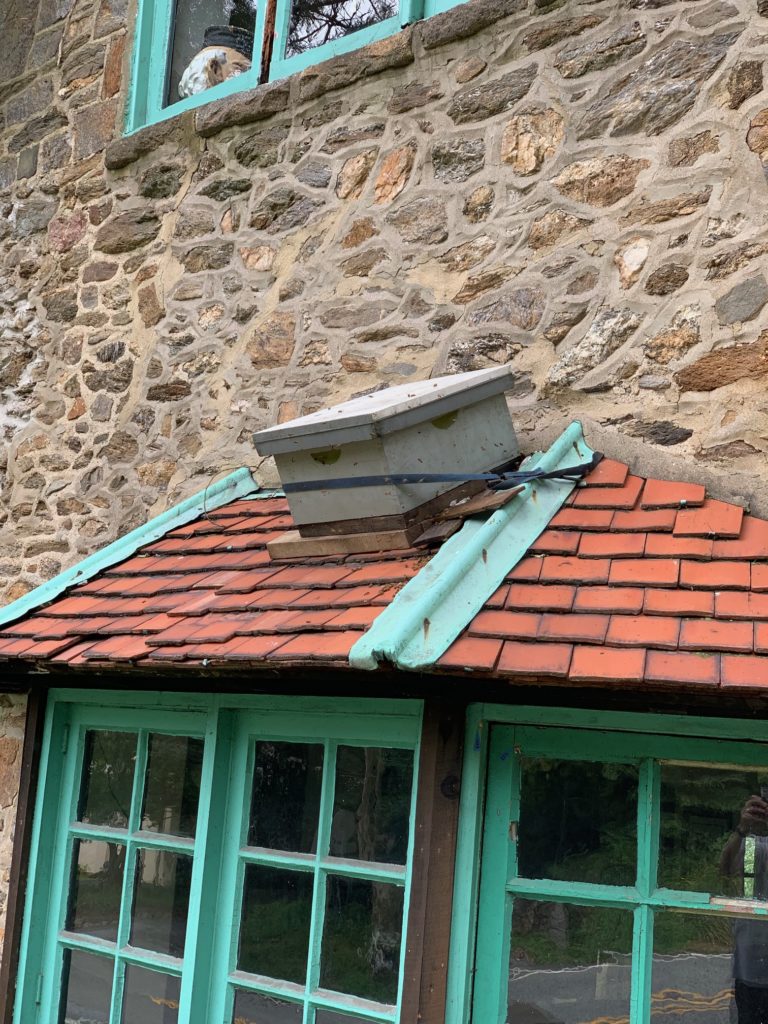
The Rose Valley Museum at Thunderbird Lodge is located in the converted 1790’s stone barn that served as studios and residence of illustrator Alice Barber Stephens and her husband Charles, an early Native American ethnologist. They located to Rose Valley the center of Arts & Crafts community founded by William Price in 1904.
The Rose Valley Centennial Foundation have been stewards since 2015 and have been restoring the exterior envelope. A 2018 Keystone Grant allowed them to correct structural issues, repoint the stone walls, restore portions of the tile roof, and preserve the stucco walls. They secured a second Keystone grant in the current round to repair and repoint the southern stone wall of the museum and rebuild the two attached porches.
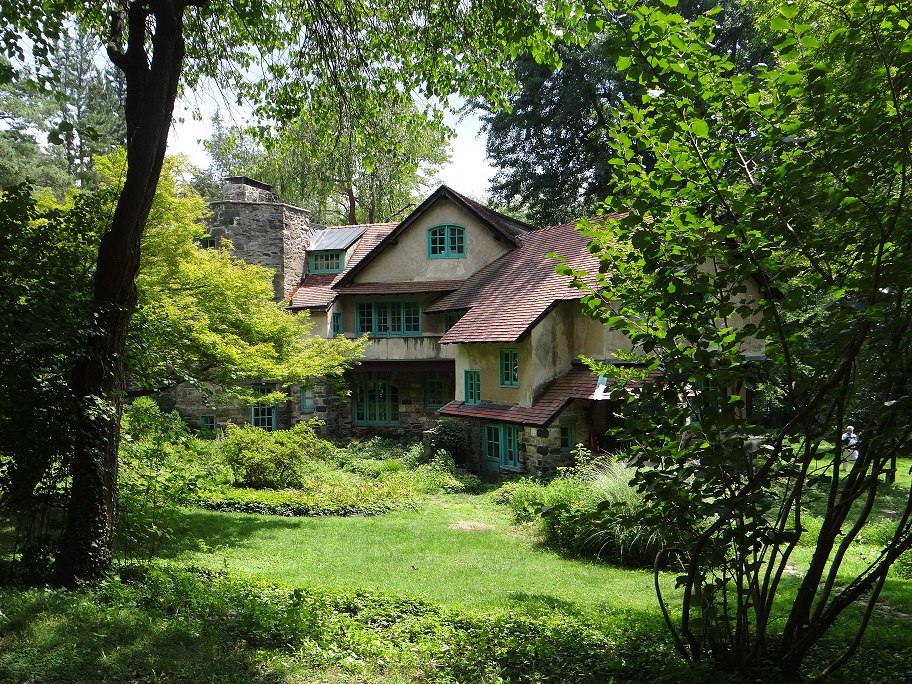
Bee Safe!
Bees are so important to our eco system and their safety is paramount, so these projects serve as excellent educational tool on how to relocate an active bee colony in your historic home. I’ve included a few other sources for further reading at http://www.pastatebeekeepers.org/index.htm.
Don’t forget that June is National Safety Month. Safety at the workplace and in the community is all our responsibility and the National Safety Council has some helpful hints about identifying risks and the proactive measures that are essential for a safe work environment – even for our friends the bees. Check out National Safety Month – National Safety Council (nsc.org) to learn more.
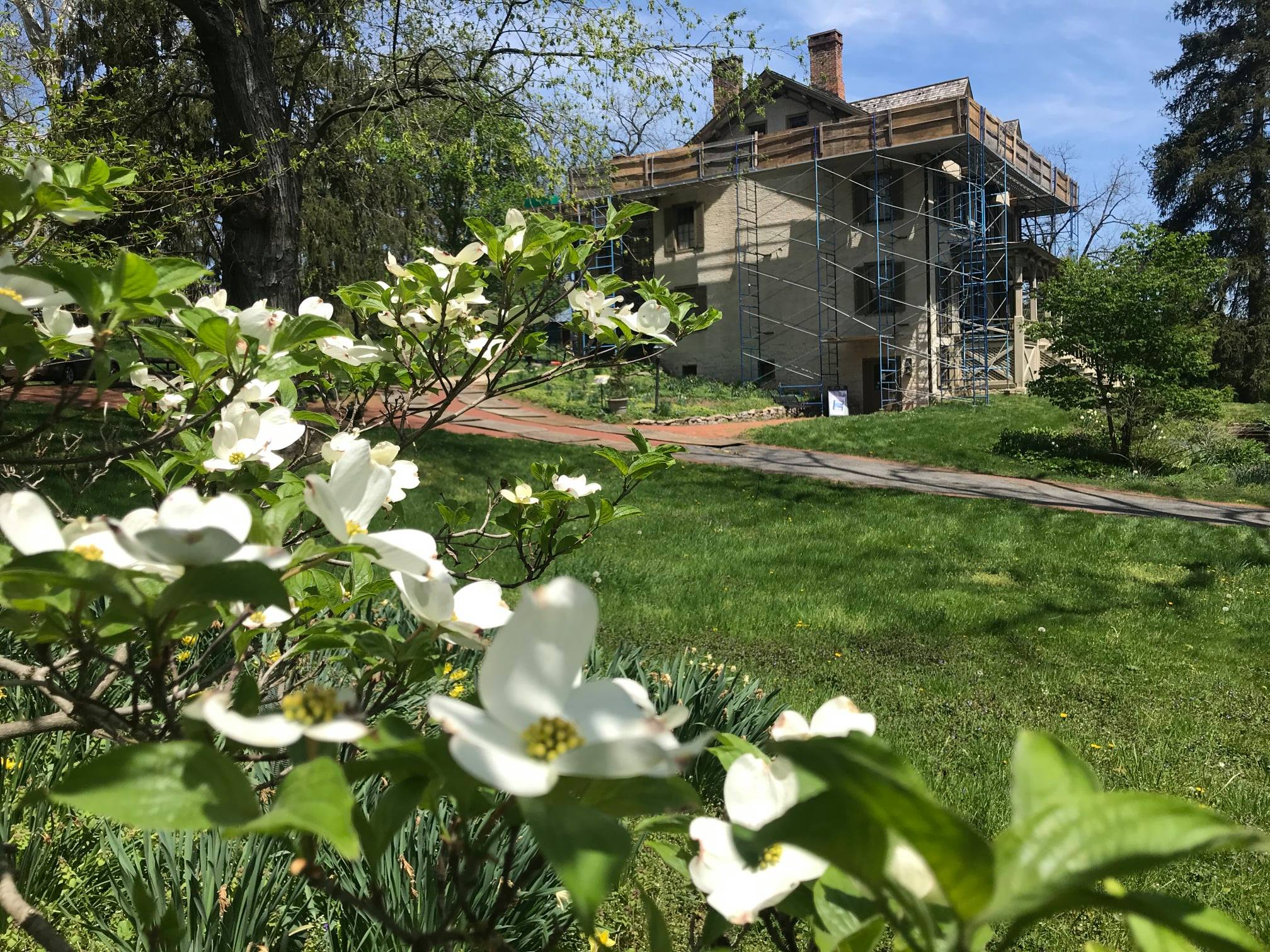
Great blog post. Thanks for sharing these bee stories. I bet there are future colonies in your historic building projects